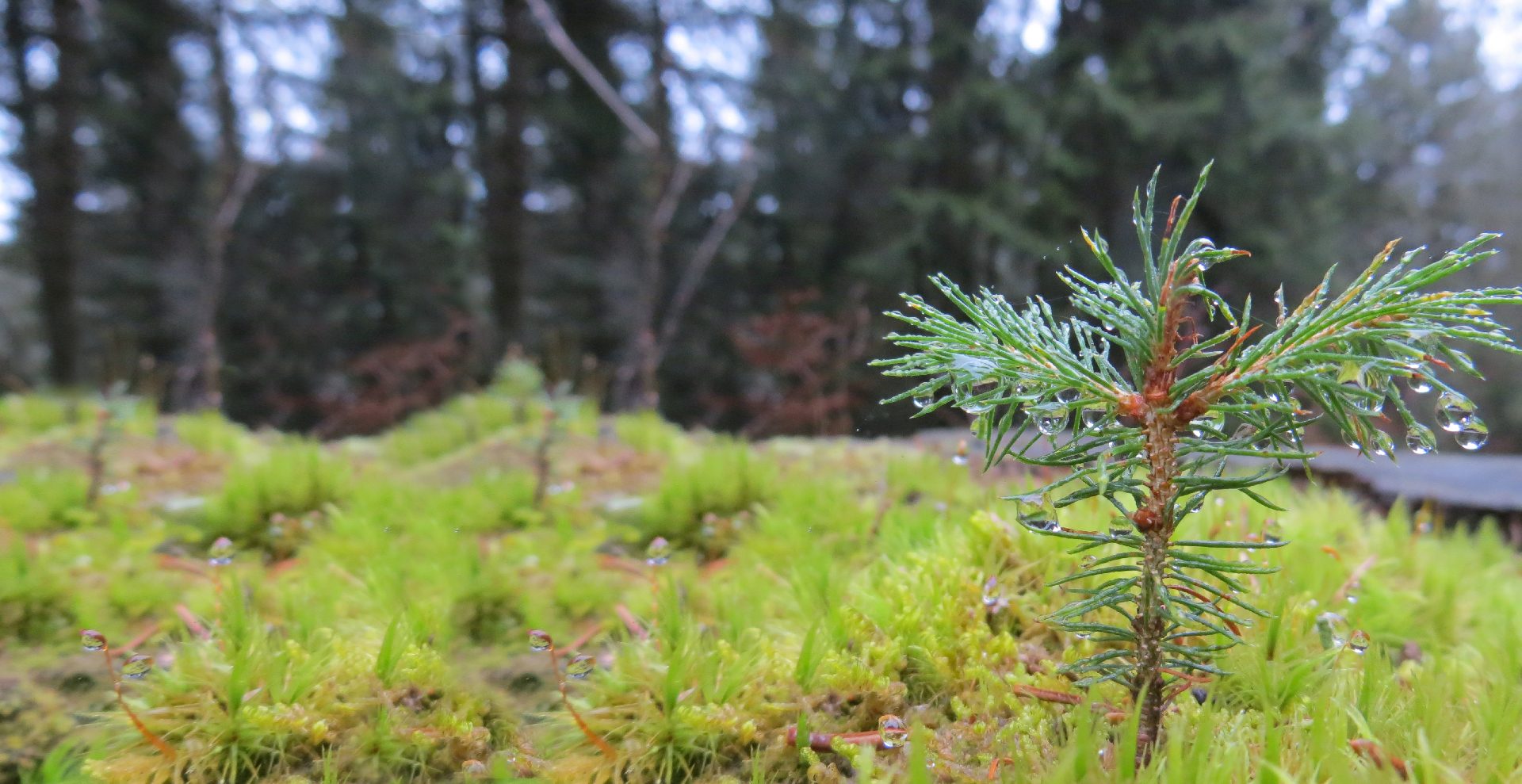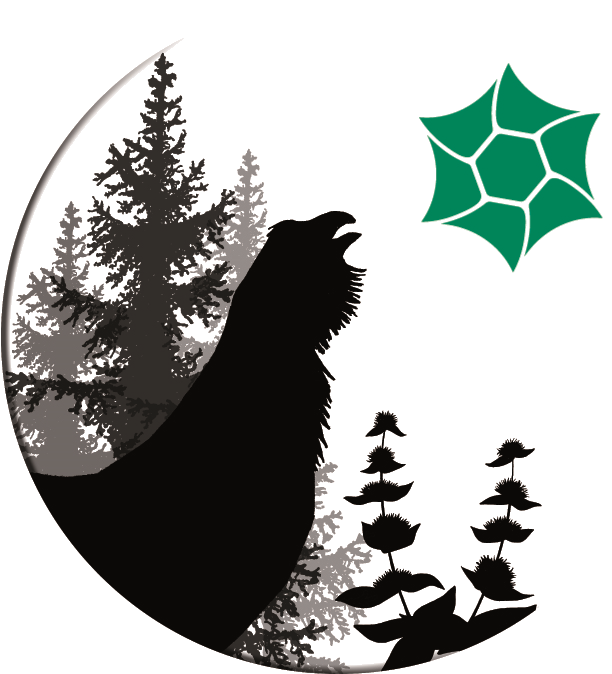 [:fr]Semis d'épicéa[:en]Spruce seedling[:]
[:fr]Semis d'épicéa[:en]Spruce seedling[:][:fr]La surface forestière représente plus de 73 % de la Réserve naturelle et est estimée à 8 000 ha (crédits photo : RNNHCJ).[:en]Forest represents more than 73% of the Natural Reserve and is estimated at 8,000 hectares (Photo credits: RNNHCJ).[:]
Forestry
Forest, estimated at 8,000 hectares, covers more than 73% of the Natural Reserve. Spread over the greater part of both slopes of the High Jura; this vast woodland is as ecologically valuable as it is important economically.
- On the Gex side, most of the forest is owned by the communities and comes under the forestry management plan.
- On the Valserine side, forest ownership is divided between many private proprietors.
Commercial forestry managed by the Reserve is not incompatible with the protection of the fauna and flora. Most of the region is devoted to mixed forestry where the trees are of various ages and diameters. Such planting encourages the introduction and protection of unusual species in the Natural Reserve.
Natura 2000 (site FR8201643 “Crêts du Haut Jura”) applies to nearly all the forestry plots of the Natural Reserve. This zoning enables the forest proprietors to draw up contracts which combine :
- Production of quality wood for skilled carpentry
- Forestry management that promotes protection of species and their development.
Today, understanding the evolution of the forest in the Natural Reserve due to climate change is a major tool for advancing knowledge and taking preventative action. The installation in 2008 of a network of 279 permanent plots over the whole of the High Jura is in line with this goal. On these plots, a system called “Dendrometric protocol monitoring of the forestry reserves” (Protocole de suivi dendrométrique des réserves forestières PSDRF) allows for the monitoring, by precise measuring, of the evolution of the forest from its birth to its demise, and beyond to its decomposition. This procedure, among others, is listed in the partnership agreement which allies the ONF with the Natural Reserve.
